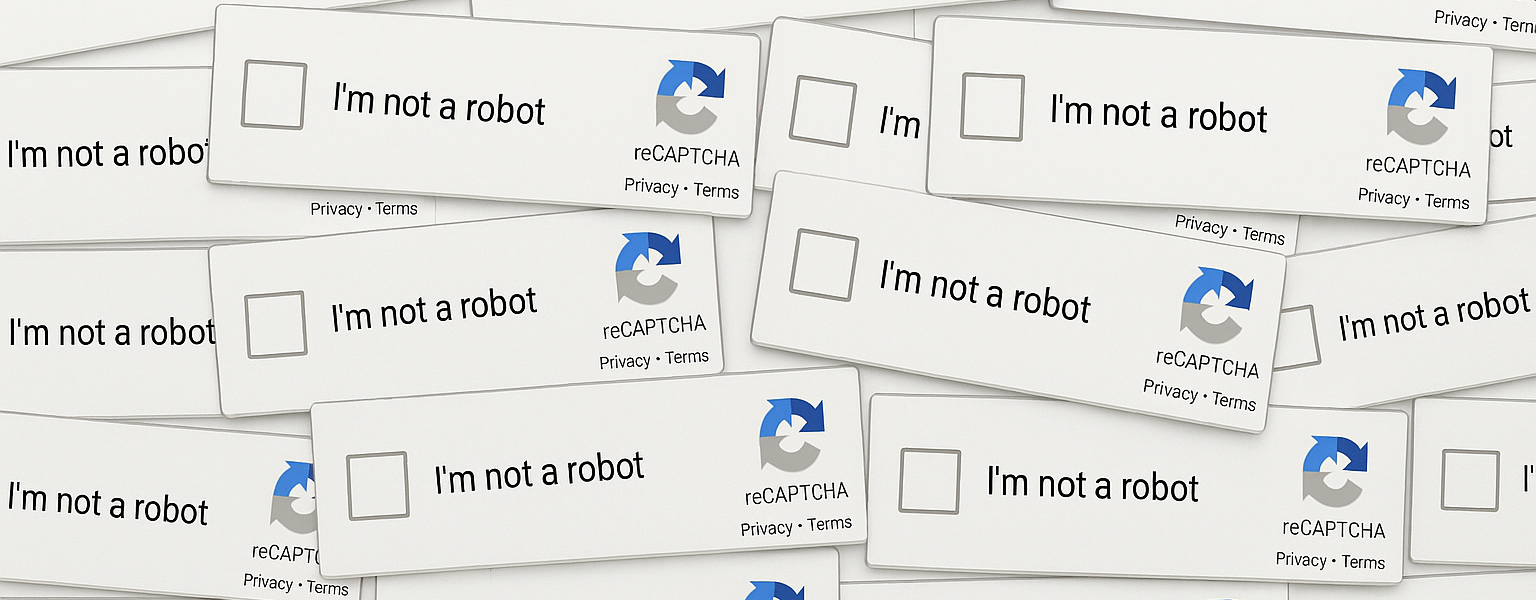When did flawless writing become suspicious? In a world obsessed with AI detection, human imperfection might be the only proof of life we have left
"If you can't find a typo, they'll find a reason to call you a machine."
The Age of AI Witch Hunts
Here’s a thought that will make grammar enthusiasts twitch: the absence of mistakes is now a red flag. We’ve entered an age where humans accuse other humans of sounding “too polished,” “too logical,” or — heaven forbid — “too well structured.” The new creative paranoia isn’t about who plagiarized what. It’s about who’s secretly silicon.
My Paradox: Too Human to Be Perfect, Too Perfect to Be Human
I once submitted a tidy, structured marketing concept — clean phrasing, sharp logic, no fluff. My clients’ verdict? “AI wrote this.” Ironically, I had used a small AI tool — to make my sentences sound more natural, less mechanical. I was using AI to sound more human. The result? I was accused of being a robot precisely because I’d tried not to sound like one. It’s Kafka with a keyboard.
"If she writes poorly, she's human. If she writes well, she's a machine."
When Platforms Mistake Humans for Robots
This isn’t just a personal quirk. It’s becoming systemic.
-
Artists are being banned from galleries and online platforms because their hand-drawn art was “too smooth” to be human.
-
Writers are being flagged by detectors that confuse rhythm with robotics.
-
Students are being reported for essays that “read too cleanly.”
-
Non-native speakers are being punished for mastering the language too well.
We’ve replaced the question “Is this good?” with “Is this real?” Welcome to the Perfection Paradox — the cultural belief that imperfection equals authenticity.
Why the AI Accusations Are Spreading
1. Binary Thinking: The Need for Either/Or
Humans hate ambiguity. Platforms want a clean checkbox: AI or human. Anything that doesn’t fit neatly into either? Suspicious. A clear, articulate paragraph can feel uncanny in a world trained on memes and chaos.
2. From Grammar Police to Algorithm Detectives
Once upon a time, we all knew someone who loved finding typos — a missing comma here, an unnecessary “very” there. They’re still out there… only now they’ve gone digital. When they can’t find an error, they don’t cheer your precision — they question your species.
"No typos? No dangling prepositions? Clearly, this was written by a bot."
We used to worship precision. Now we treat it like a confession.
3. Projection & Status Anxiety
“AI wrote this” is often code for “you’re better than I expected.” Accusing someone of using AI is the new way to drag talent down to the level of insecurity. It’s easier to believe that a machine did it than to admit that a human just outperformed you.
4. Insecurity About Creativity
AI blurred the boundary between skill and simulation. When a chatbot can sketch a portrait or write a sonnet, we question whether creativity itself is still “ours.”
So when someone produces something truly elegant, our instinct is suspicion. Surely, no human could.
5. The Physiology of Distrust
Our brains evolved to sense “wrongness.”
When language flows too smoothly — too rhythmically — our subconscious flares. It feels unnatural.
That’s why small errors comfort us. They signal life.
A dangling modifier is like a pulse.
The Real Cost of AI Paranoia
This isn’t just a cultural quirk. It’s changing behavior.
-
Artists are adding intentional brush glitches to “prove” authenticity.
-
Writers are throwing in typos as camouflage.
-
Students are afraid to sound articulate.
-
Professionals second-guess structure because clarity now looks suspicious.
We’re training humans to hide their best selves — to mistake competence for corruption.
How to Stay Human (and Stay Sane)
- Demand transparency. If your work is flagged as AI, ask for the proof. Which tool? Which algorithm? Which metric? Vague suspicion is not evidence.
- Keep your drafts. Your version history — with all its messy edits — is your best defense against false claims.
- Use AI consciously. If you collaborate with a tool, say so. Honesty disarms paranoia.
- Keep your quirks. Don’t fake flaws, but don’t scrub them all away either. Voice lives in the uneven edges — the phrase you overuse, the rhythm you love too much.
- Challenge the binary. Human and AI aren’t enemies. The future of creativity is collaboration — intention guided by intuition.
"Maybe the real Turing Test isn't whether a machine can sound human, but whether a human can dare to sound too perfect."
The Reversed Turing Test
Alan Turing once wondered whether a machine could write so naturally that we’d mistake it for a human. Today, we’re facing the opposite problem: Can a human write so naturally that we mistake them for a machine? Maybe humanity isn’t proven by our intelligence anymore — but by our imperfections. By our off-rhythm jokes, our creative chaos, our typo-studded humanity.
So no, I’m not a robot.
I’m just a human who learned to write neatly — apparently, a suspicious act in 2025. If perfection is now a crime, maybe it’s time to bring back the occasional typo — not as an error, but as a declaration:
I am still here. I am still human.

